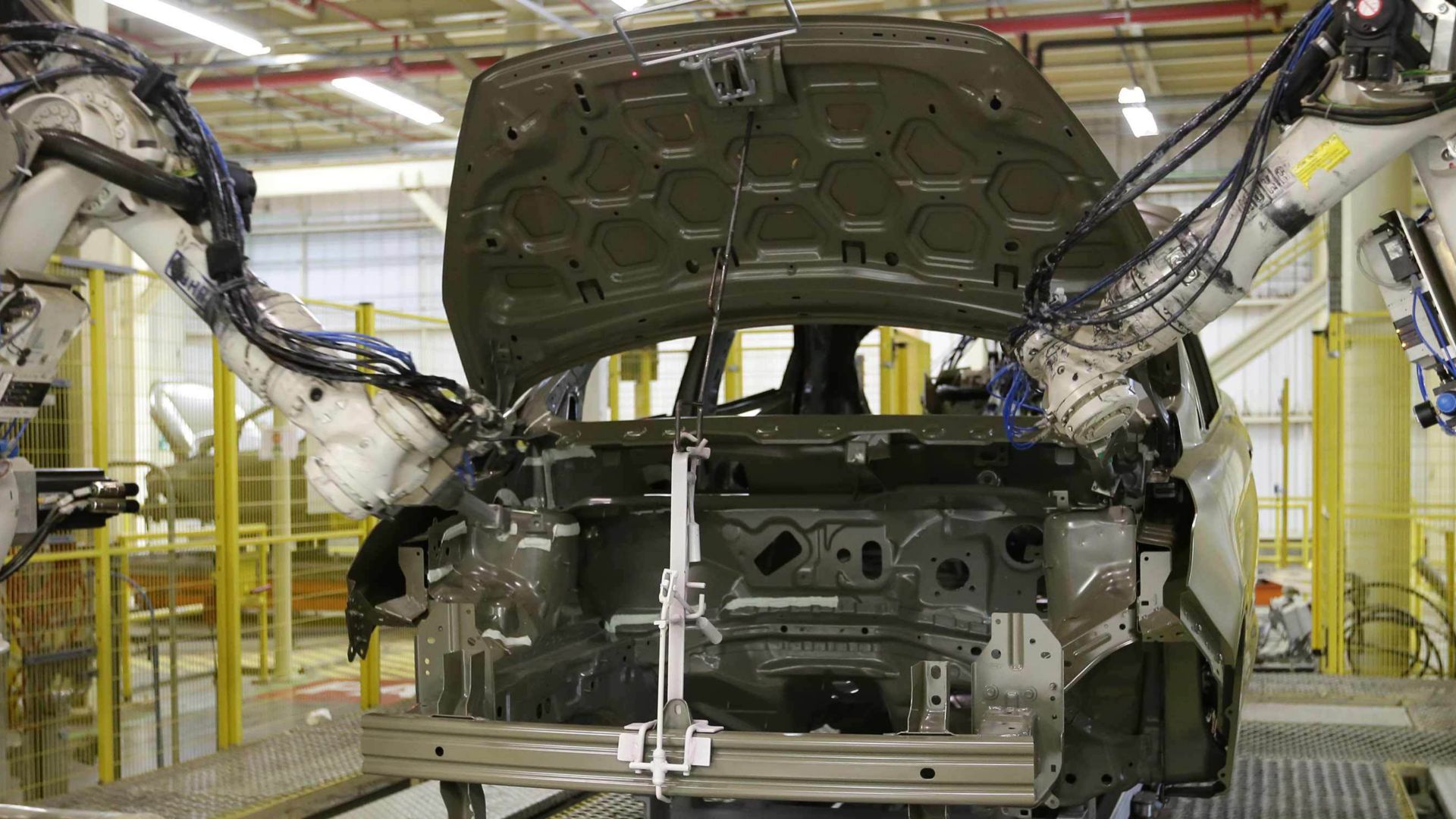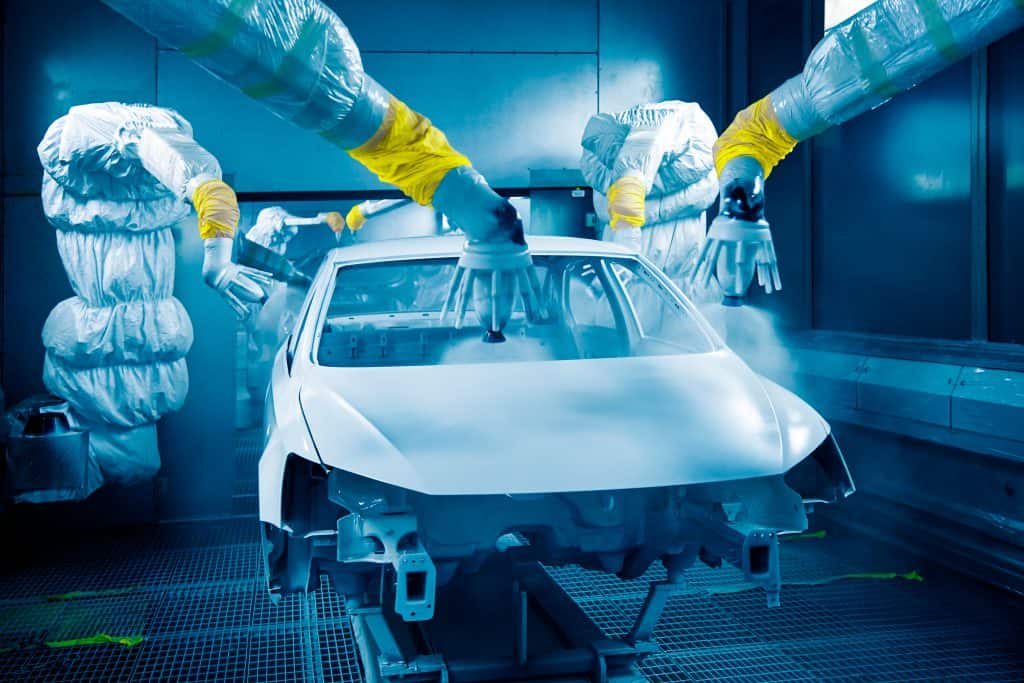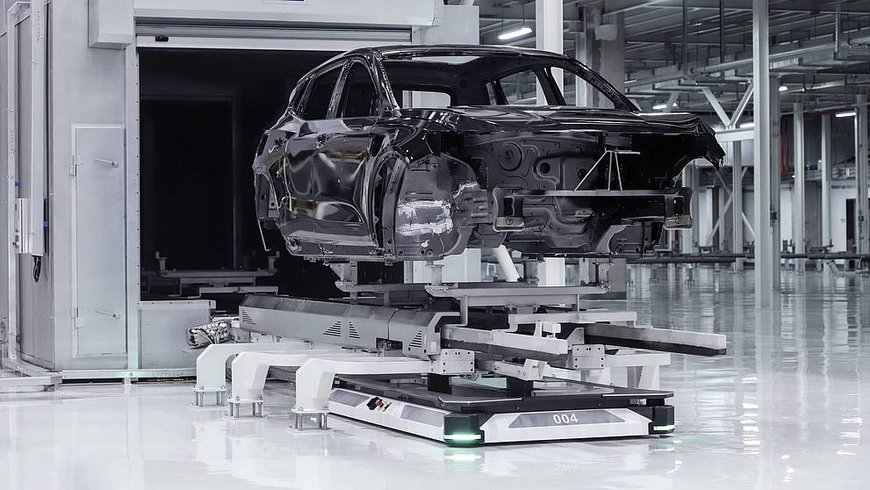In todays automotive industry, achieving top-notch quality in car paint applications is paramount. The pursuit to Boost Car Paint Quality with Automated Inspection is not just a trend but a necessity. This initiative not only enhances the aesthetic appeal of the vehicles but also extends their longevity. In this comprehensive article, we will delve into the myriad benefits and the technology behind automated inspection systems.

Introduction to Car Paint Quality
Car paint is more than just an aesthetic feature; it serves as a protective layer against environmental factors such as UV rays, corrosion, and pollutants. Ensuring high-quality car paint is vital. This is where automated inspection systems come into play, significantly enhancing the quality control process.
Why Boost Car Paint Quality?
The primary reason for improving car paint quality is to meet the escalating consumer expectations. With an automated inspection system, manufacturers can achieve uniformity and consistency, drastically reducing the likelihood of defects.
The Importance of Automated Inspection
Automated inspection systems offer real-time monitoring and control during the painting process. This technology minimizes errors, ensuring the paint is applied uniformly and without defects. It significantly reduces the need for rework, saving both time and resources.
Technology Behind Automated Inspection
The implementation of sensors, cameras, and software algorithms in automated systems helps in meticulously inspecting every inch of the cars surface. These systems detect and rectify imperfections instantaneously, ensuring a flawless paint job. More on such innovative technologies can be found with semiconductor inspections and wafer inspections.
The Benefits of Automated Inspection Systems
- Consistency: Automated systems ensure a uniform application, eliminating human error.
- Efficiency: These systems significantly reduce inspection time and wastage.
- Cost-Effective: By minimizing defects, manufacturers can save on rework and material costs.
- Enhanced Quality: The precision of automated systems results in higher quality paint finishes.
Case Studies
Several leading automotive manufacturers have already integrated automated inspection systems into their production lines, witnessing remarkable improvements in their paint quality. Case studies reveal a reduction in defect rates by up to 70%. For more insights on technological applications, refer to tachometer systems used in other industries.
Challenges in Traditional Inspection Methods
Manual inspection methods are often prone to human errors, fatigue, and inconsistency. Moreover, they are time-consuming and labor-intensive. Automated systems, on the other hand, provide a more reliable and efficient alternative. For an in-depth understanding of manual and automated car painting steps, visit Red Label Abrasives.
Economic Impact
Implementing automated inspection systems in the automotive industry has a significant economic impact. It reduces operational costs and enhances productivity, ultimately leading to higher profit margins. This technology ensures that the final product meets the highest quality standards, thereby increasing customer satisfaction and loyalty.
Environmental Benefits
Automated systems also contribute to environmental sustainability. By reducing wastage and ensuring precise paint application, these systems minimize the environmental footprint of automotive manufacturing.
Future Trends
As technology advances, we can expect further innovations in automated inspection systems. The integration of AI and machine learning will enhance the accuracy and efficiency of these systems, paving the way for smarter and more sustainable manufacturing processes.
Adopting Automated Inspection in Your Facility
For any automotive company considering the shift to automated inspection, the first step is to evaluate the existing production line and identify the areas needing improvement. Partnering with technology providers who specialize in automotive inspection systems can be highly beneficial.
Training and Implementation
Proper training of staff is crucial for the successful implementation of automated systems. Employees need to understand the functionality and advantages of the technology to leverage its full potential.
Conclusion
In the quest to Boost Car Paint Quality with Automated Inspection, the automotive industry is making tremendous strides. This technology not only ensures superior paint finishes but also enhances operational efficiency and sustainability. By adopting automated inspection systems, manufacturers can meet the growing demands for quality and precision in car manufacturing.

FAQs
- What are the primary benefits of using automated inspection systems?
Automated inspection systems offer consistency, efficiency, cost savings, and enhanced quality in car paint applications. - How do automated inspection systems work?
They use sensors, cameras, and software algorithms to detect and correct imperfections in real-time during the painting process. - Are there any environmental benefits to using automated inspection systems?
Yes, they reduce paint wastage and ensure precise application, minimizing the environmental impact of the manufacturing process.
